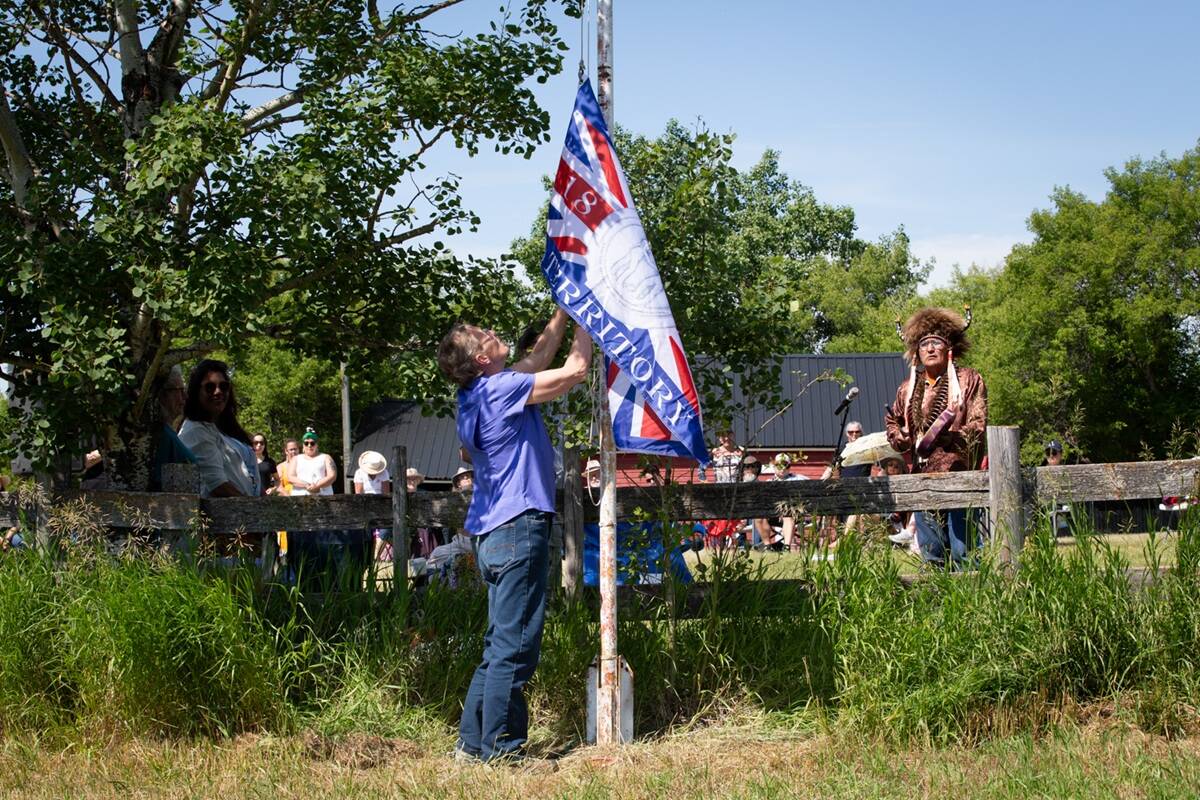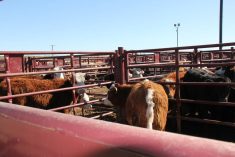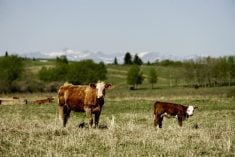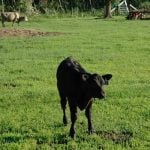Canada’s ability to attract buyers such as McDonald’s to its beef products can be attributed to producers themselves funding research, marketing and public outreach through check-off dollars.
“We realized that, if we were going to be a world-class producer of high-quality beef, and continue to grow, we needed to make an investment in research and innovation,” says Dennis Laycraft, executive vice-president of the Canadian Cattle Association (CCA).
The Canadian Beef Cattle Check-Off Agency administers the check-off program. It contracts with the Beef Cattle Research Council (BCRC) to deliver research programming and the CCA to do public and stakeholder outreach. On the marketing side, an internal committee oversees the work of Canada Beef, which is legally part of the agency but operates separately.
Read Also

Treaty Land Sharing Network expands reach in Saskatchewan and Alberta
The Treaty Land Sharing Network, which connects land holders with First Nations and Metis people, has expanded since it began in 2018
History
According to Laycraft, check-off dollars from the sales of cattle had been collected on a province-by-province basis since the late 1960s and early 1970s. The national check-off came together in the late 1990s when governments were looking at their budgets and expecting industries that benefited from public money to provide funding as well. Canada was also coming into its own as a major beef exporter, and there was a push to assess import levies, to ensure the fair treatment of all beef producers.
“In order to get the import levy in place and all the regulations around it, there had to be consistency across the country in how the check-off was managed,” says Tayla Fraser Lindsey, the agency’s manager of partner engagement.
The Beef Information Centre started marketing domestically in 1973, and the Canada Beef Export Federation had been around since 1989. The two organizations were consolidated in 2011 to form today’s Canada Beef, which does market development, branding and promotion around the world.
Laycraft says that, between 1992 and 1997, there were a couple of government-backed development funds that the CCA used for research and programs such as Quality Starts Here, which subsequently became the Verified Beef Production Plus Program.
When the funds started drying up, the CCA realized the value of investing in research and innovation.
“It was a recognition by the industry that we were becoming one of the leading beef exporters in the world, and we needed to make those investments,” Laycraft says. “We were also looking at competition from the U.S. and Australia — we have unique conditions in Canada that made us think we needed to be continually improving in, for example, genetics and efficiency.”
When you want to be recognized worldwide as having the best product, quality and consistency are crucial, he says, pointing out that advances in research have fed into the success of the industry.
U.S. versus Canada
In the U.S., check-off funds go to improving, marketing and selling beef. In Canada, the check-off not only goes toward marketing the meat at home and around the globe, but it also finances production research. BCRC research projects focus on forage and grassland productivity, animal health and welfare, feed grains and feed efficiency, extension, food safety, beef quality, environmental sustainability, plus increasing research capacity and mentoring researchers. The American system was set up under the 1985 Farm Bill. A national referendum was conducted in 1988 and, with a 79 per cent positive vote, the $1 per head check-off became mandatory. Half the check-off goes to the national Cattlemen’s Beef Board and half goes to individual states. As in Canada, an equivalent levy is assessed on imports.
“When the BCRC was launched in 1998, the industry got to build what beef research would look like in Canada,” Fraser Lindsey says. “In the U.S., they wanted to stay away from production research because there was stiff competition among the breed organizations and they wanted to limit any potential for favouritism.”
Laycraft also says that the U.S. system is very different and land grant universities such as Texas A&M, Purdue and Ohio State have a lot of money to go towards agricultural production research and extension activities. Land grants date back to the mid-1800s, when an act of Congress provided 30,000 acres of federal land for each state representative that could be sold, and the proceeds went largely to the advancement of agriculture.
Today
The Canadian Beef Cattle Check-Off Agency maintains its provincial structure, with board representatives who are producers from across the country. There is also representation from the Canadian Meat Council, importers and retailers. The national check-off is $2.50 a head in all provinces except Ontario, where it remains at $1. In 2021-22, the check-off resulted in a total of $18.9 million while import levies totalled $1.1 million.“While the industry makes recommendations on where check-off funds would be best allocated through the National Beef Strategy, the provinces each make those decisions on their own,” Fraser Lindsey says.
Agency staff and board examine the annual business plans of the three entities that are funded — BCRC, Canada Beef and the CCA’s public and stakeholder engagement program — to ensure programs are eligible for check-off dollars. The operational strategies and tactics are left up to the individual organizations.
Results
Check-offs and import levies are working, as evidenced by a study released in the summer of 2022 that measured the impact of investments made with the funds. The study is conducted every five years. Overall, it said that the program has a benefit-cost ratio of 33 to one, with research having a 63 to one ratio, marketing at 15 to one, and public stakeholder and engagement at 16 to one.
“We are getting great value for the dollars that are invested,” says Fraser Lindsey, adding that the funds also leverage government funding for research and marketing projects.
She says that the agency is uniquely positioned to be able to help move the industry forward.
“The research and marketing and promotion sides work very well together,” she says. “One does the science work and the other uses that science to tell the good-news stories that we have.”
Lois Harris is an experienced Ontario freelance writer and editor working in the agriculture and food industry.
















